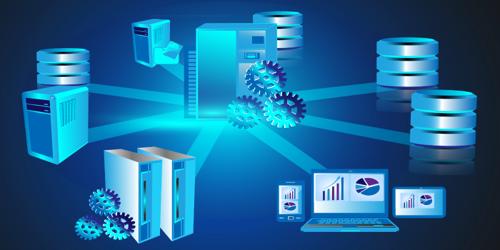A database management system (DBMS) is a software package designed to define, manipulate, retrieve and manage data in a database. A DBMS generally manipulates the data itself, the data format, field names, record structure, and file structure. It also defines rules to validate and manipulate this data.
The disadvantages of the database management system approach are summarized as follows:
(1) Complexity: The provision of the functionality that is expected of a good DBMS makes the DBMS an extremely complex piece of software. Database designers, developers, database administrators and end-users must understand this functionality to take full advantage of it. Failure to understand the system can lead to bad design decisions, which can have serious consequences for an organization.
(2) Size: The complexity and breadth of functionality make the database management system (DBMS) an extremely large piece of software, occupying many megabytes of disk space and requiring substantial amounts of memory to run efficiently.
(3) Performance: Typically, a File-Based system is written for a specific application, such as invoicing. As result, performance is generally very good. However, the DBMS is written to be more general, to cater for many applications rather than just one. The effect is that some applications may not run as fast as they used to.
(4) Higher impact of a failure: The centralization of resources increases the vulnerability of the system. Since all users and applications rely on the availability of the database management system (DBMS), the failure of any component can bring operations to a halt.
(5) Cost of DBMS: The cost of DBMS varies significantly, depending on the environment and functionality provided. There is also the recurrent annual maintenance cost.
(6) Additional Hardware costs: The disk storage requirements for the DBMS and the database may necessitate the purchase of additional storage space. Furthermore, to achieve the required performance it may be necessary to purchase a larger machine, perhaps even a machine dedicated to running the DBMS. The procurement of additional hardware results in further expenditure.
(7) Cost of Conversion: In some situations, the cost often DBMS and extra hardware may be insignificant compared with the cost of converting existing applications to run on the new DBMS and hardware. This cost also includes the cost of training staff to use these new systems and possibly the employment of specialist staff to help with conversion and running of the system. This cost is one of the main reasons why some organizations feel tied to their current systems and cannot switch to modern database technology.
















